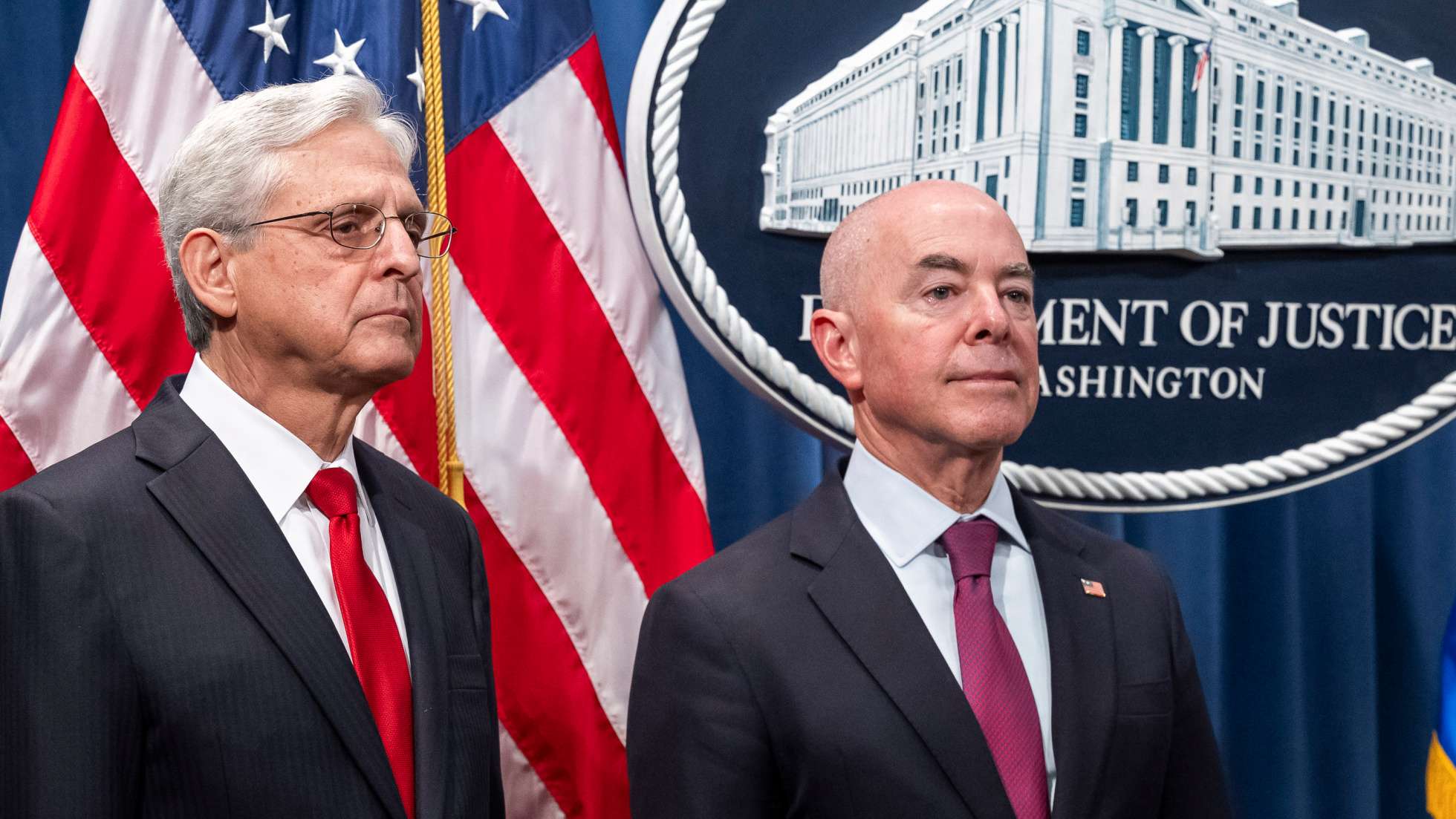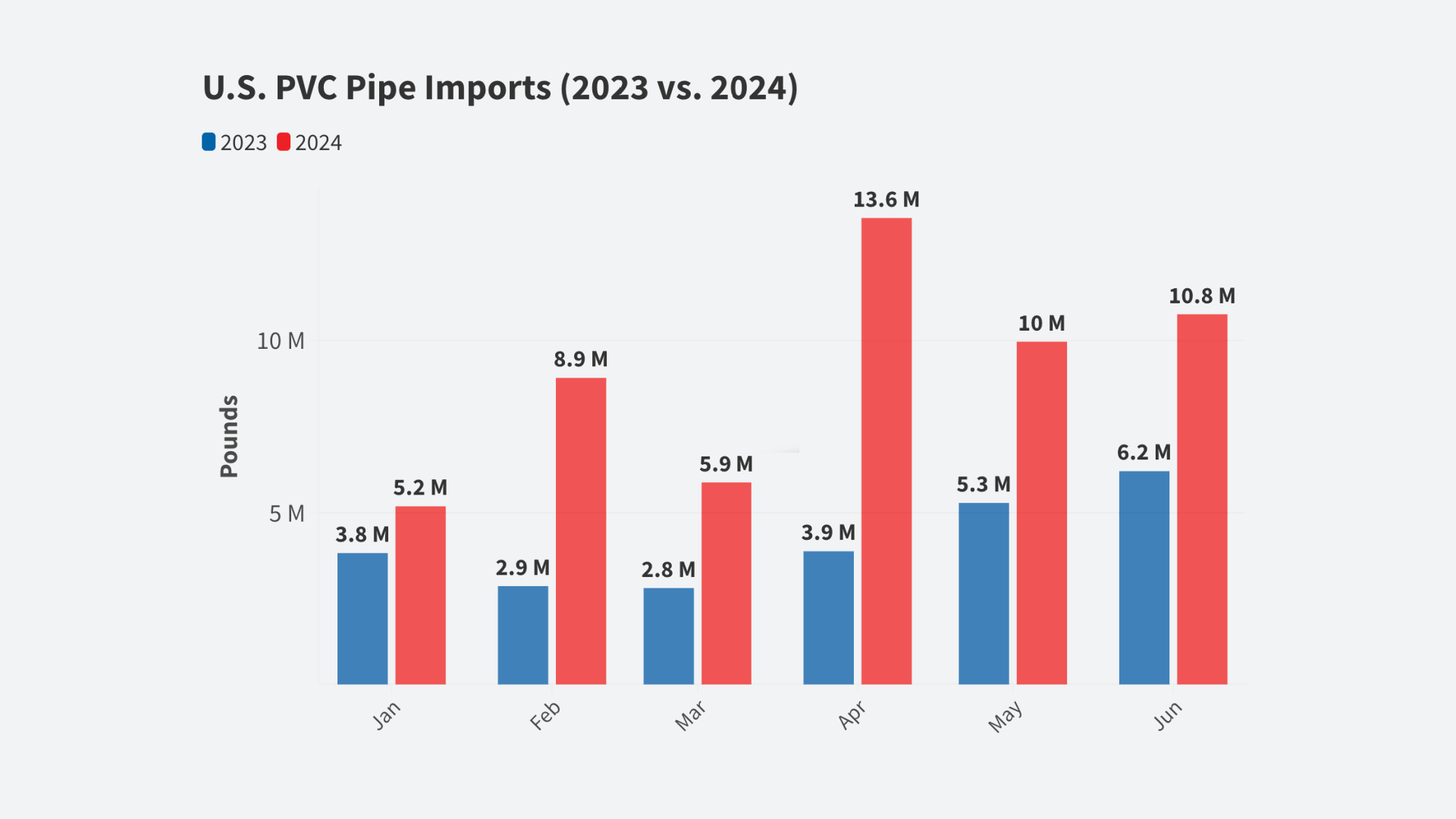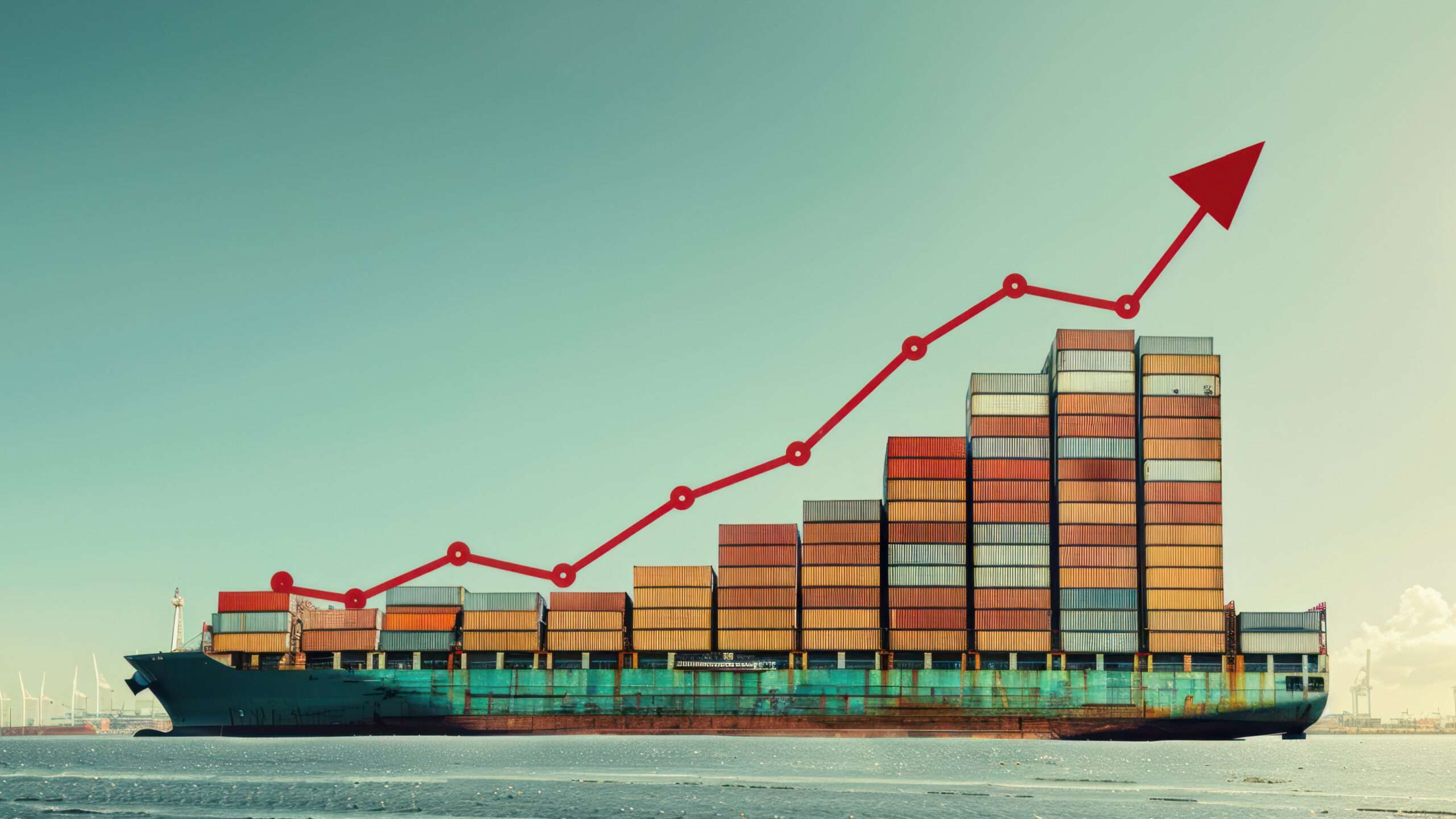The US has the lowest trade barriers and the largest trade deficit in the world — $500bn annually.
[Wilbur Ross] April 4th, 2017 [Financial Times]
This is why President Donald Trump has directed the US Department of Commerce to report back within 90 days with a comprehensive analysis of the economic realities and the fine details of America’s trade patterns. Once Mr Trump has that analysis, he will be able to take measured and rational action to correct any anomalies.
This analysis will involve finding answers to a number of critical questions. Do artificial non-tariff trade barriers cause these deficits? Lower tariffs mean nothing if imports are still effectively blocked. We must establish which bilateral deficits are caused by dumping or other cheating. Serial trade offenders undermine the entire system. How serious are the problems of intellectual property theft and forced technology transfers?
As the world becomes more and more technology-driven, intellectual resources will determine economic outcomes. Which bilateral trade deficits are structural rather than mercantilist-driven? For example, the US is not self-sufficient in oil and therefore must import millions of barrels a day. To what extent do non-market economies operating within a market based system create trade imbalances? If state-owned enterprises do not behave like normal businesses, they unduly tilt the playing field.
In a related vein, there are also questions to be asked about the extent to which chronic overcapacity is caused by state subsidies and, in turn, causes dumping. Capacity gluts are now hammering industries such as steel and aluminium.
Furthermore, which bilateral trade deficits have been caused by free-trade agreements that failed to produce the anticipated results and what are the reasons? And to what extent are weak enforcement and dispute resolution mechanisms the problems? The Department of Commerce wins anti-dumping cases only to see perpetrators “country hop”, evade duties by trans-shipment or the use of shell company importers.
It is also crucial for the US to establish which trade deficits arise from currency misalignment, whether or not due to manipulation. And to what extent are deficits due to prior policy decisions? For example, are waivers in our trade agreements of “Buy America” provisions — a set of rules governing US domestic procurement practices — more than offset by reciprocal procurement opportunities from our trading partners?
There may be yet other causes of US trade deficits — asymmetrical World Trade Organization rules and interpretations, for instance. American companies cannot deduct corporate income taxes on exports, but foreign exporters receive rebates of value added tax. And how much of the problem is lack of reciprocity?
US tariffs on imported cars are 2.5 per cent, but American exports of similar vehicles carry tariffs as high as 25 per cent. Finally, are trade deficits simply due to capital flows, or perhaps differential growth rates, as some suggest?
Is there any merit to claims that trade deficits are not meaningful, even though trade surpluses clearly helped propel the economies of many of our trading partners? The Department of Commerce’s report to Mr Trump will help him to fulfil his commitment to staunchly defend the US against unfair trade practices.
These actions will implement the president’s recent summary to me of his trade policy: “Any new Nafta will be spelt N-A-F-F-T-A — North American Free and Fair Trade Agreement.” The writer is US secretary of commerce Peter Navarro, Director of the National Trade Council, contributed to this article













